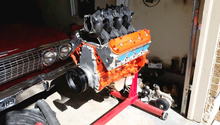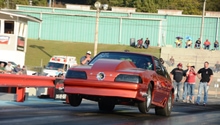Camaro and Firebird: Guide for Budget Engine Swap
Sticking with tradition, GM introduced the Gen III line of V8 engines that share similar components and dimensions to allow for easy swaps between various models. With such great interchangeability, budget engine swaps can be quickly and easily completed on the F-body platform.
This article applies to the Chevrolet Camaro and Pontiac Firebird (1993-2002).
The 4th generation F-body cars are growing older each year and, while still a popular platform for many enthusiasts, cannot escape the normal wear and tear that is associated with driving the car. With early models now over 20 years old, many owners are finding that their high mileage engines are on their last leg or have already bitten the bullet. The F-body community has seen numerous engine swaps that produce big horsepower and staggering performance numbers, but also require a big checkbook to cover the massive expense. But what about those individuals that are not necessarily looking to build a power monster, but are simply looking to breathe new life back into their car without the headaches or expense of installing a newer model engine? Fortunately, various GM engines are available that can be easily swapped into your older Camaro/Firebird on a budget and often offer comparable performance as well as reliability. If your 4th gen F-body is in need of an engine and your are not quite ready to part ways with the car, this article will outline the best budget engine options available to get your car back up and running again.
Engine Model Breakdown
LM4/LM7 Engine
Perhaps the cheapest engine swap that can be accomplished on the Gen 4 Camaro/Firebird is the "Vortec" LM7/LM4 5.3L engine. The iron block LM7 was originally fitted in GM light duty trucks and SUV's, but lends itself well to the F-body powerplant. This motor is part of the Gen III V8 engine family introduced in 1999 and is literally found in millions of vehicles. Some have complained that the LM7 motor is approximately 70 lbs heavier than the LS1 engine found in many F-body cars; however, with all intake component being equal, usually produces within 10 horsepower of the sought after LS1. The less common LM4 was a copy of the LM7, but instead utilized an aluminum block. Considering these engines are readily available at junkyards for $350 to $600, the dollar per horsepower is just about the most cost-effective engine swap solution.
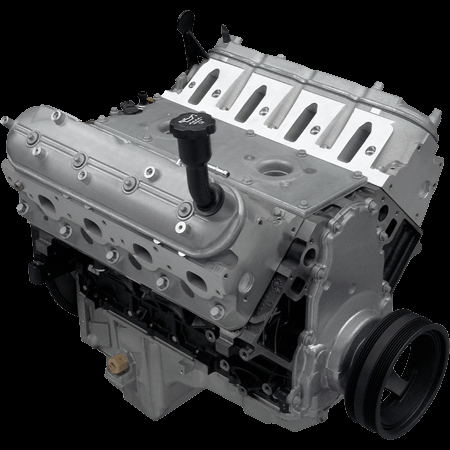
LQ4 Engine
The LQx series engines are nearly identical to the LS engines, but utilize cast iron blocks instead of aluminum. Coined "the junkyard special," LQ4 engines are one of the more popular budget engine swaps because they have decent out of the box performance numbers with strengthened components able to handle big horsepower upgrades. In fact, the LQ4 cylinder heads use the exact same intake and exhaust port dimensions as the LS6 heads with only slightly larger combustion chamber volumes. The 1999 and 2000 LQ4 engines were fitted with cast iron heads, but all subsequent year models came factory installed with cast aluminum versions. In stock form, this 6.0L engine is good for 330 horsepower and 370 pound feet of torque. Used LQ4 engines are trading at $600 to $800.
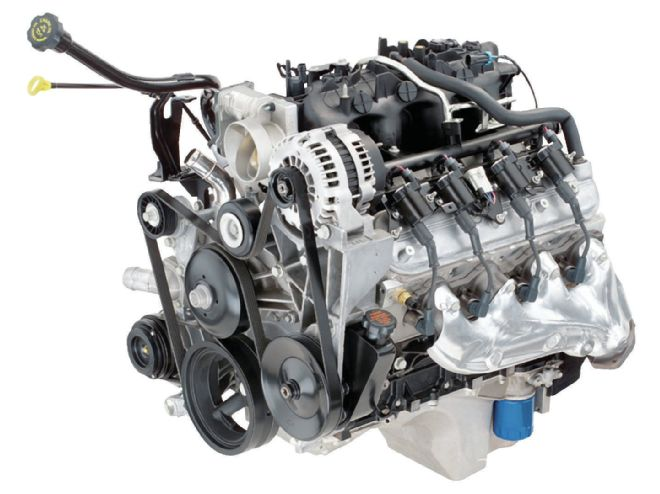
LS1 Engine
No budget engine swap list would be complete without the LS1 engine. The LS1 was introduced with the 1997 C5 Corvette and made its way into the F-Body platform in 1998. Considering this engine was factory installed in the Gen 4 F-body cars, an engine swap won't get much easier than replacing your old LS1 with a new one. With production totals near half a million units (250K engines installed in Corvettes alone), LS1 engines are abundant and can be had for as little as $1,200.
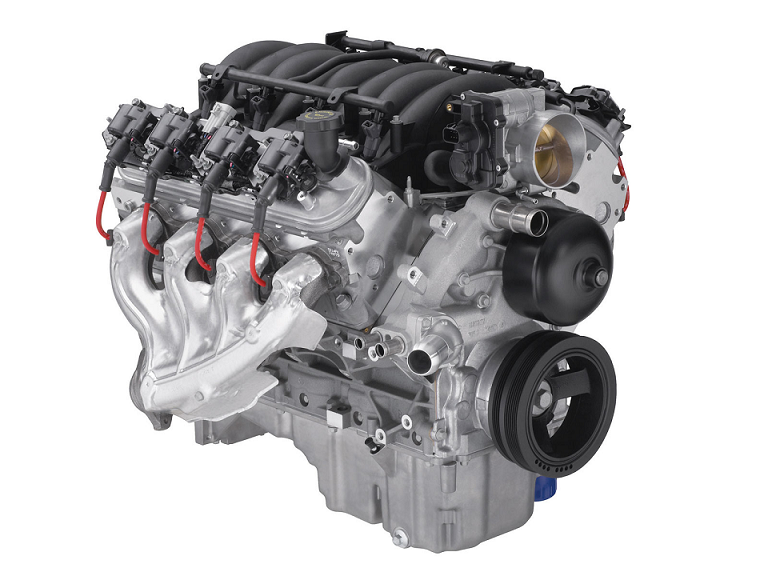
LS6 Engine
The LS6 is a higher output version of the LS1 with various improvements. The LS6 had increased block strengthening in the web area and an altered oiling system to allow for unrestricted oil flow to both lifter banks. Additionally, the camshaft, intake manifold, and cylinder head have improved flow characteristics for better performance (50 additional horsepower). A used LS6 is a bit harder to come by as it was only fitted to C5 Z06 Corvettes and the '04-'05 Cadillac CTS-V, but the improvements over the base LS1 are worth a little extra cash. Expect to pay upwards of $2,500 for a good working LS6. Another option is to buy a used LS1 and swap in a set of LS6 heads and intake manifold to achieve similar performance for a bit less.
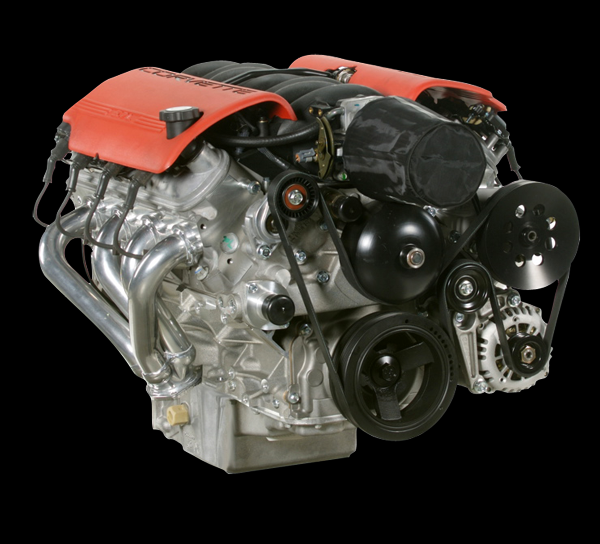
Common Questions
Which vehicles were each of these engines originally installed in?
- LM7/LM4: 1999-2007 Silverado and Sierra 1500 trucks, 2000-2006 Yukon/Tahoe/Suburban, 2002-2005 Escalade, 2000-2007 Express and Savanna Vans, 2002-2005 Avalanche
- LQ4: 1999-2004 heavy duty models such as Chevrolet Silverado 2500, Savanna and Express Vans, Suburban, Yukon XL Denali, as well as Hummer H2
- LS1: 1997-2004 Chevrolet Corvette, 1998-2002 Camaro and Firebird, as well as the 2004 Pontiac GTO
- LS6: 2001-2004 Z06 Corvettes and 04-05 Cadillac CTS-V
Can I still buy these engines new?
Yes! These and many other LS based engines are still available from various suppliers, including General Motors Performance Parts (GMPP); however, buying a used engine can be substantially cheaper.
Which transmissions are these engines compatible with?
The stock 4L60E automatic transmission or T56 6-speed manual transmission are often coupled with these engines, but just about any small block or big block transmission will fit with the correct adapter/flex plate.
Can I swap one of these engines into my V6 F-body?
While it can be done, installing a larger V8 engine into a car originally equipped with a lower output V6 is generally cost prohibitive and not recommended. Swapping to a LS based engine will typically require a new transmission, engine cradle, radiator, fuel pump assembly, gauge cluster, PCM and wiring harness, strengthened suspension components, and new throttle assembly. With the low cost of entry for these cars, it may be more financially solvent to sell your V6-powered F-Body and buy a V8-powered one to replace it.
Any additional components I may need for a swap?
When swapping in a new engine, be sure to have the correct oil pan and exhaust headers/manifolds needed to fit the F-body chassis. Using an intake and fuel injector setup other than the LS1 components will require a new wiring harness. Additionally, you will need the correct LS1 accessories/accessory brackets to properly fit everything in the engine bay.
Related Discussions
- LM7, LQ4, or LQ9? - LS1Tech.com
- LS1 to LS2 Swap - LS1Tech.com
- My Budget LS1 Engine Swap Guide <$1500 - LS1Tech.com





